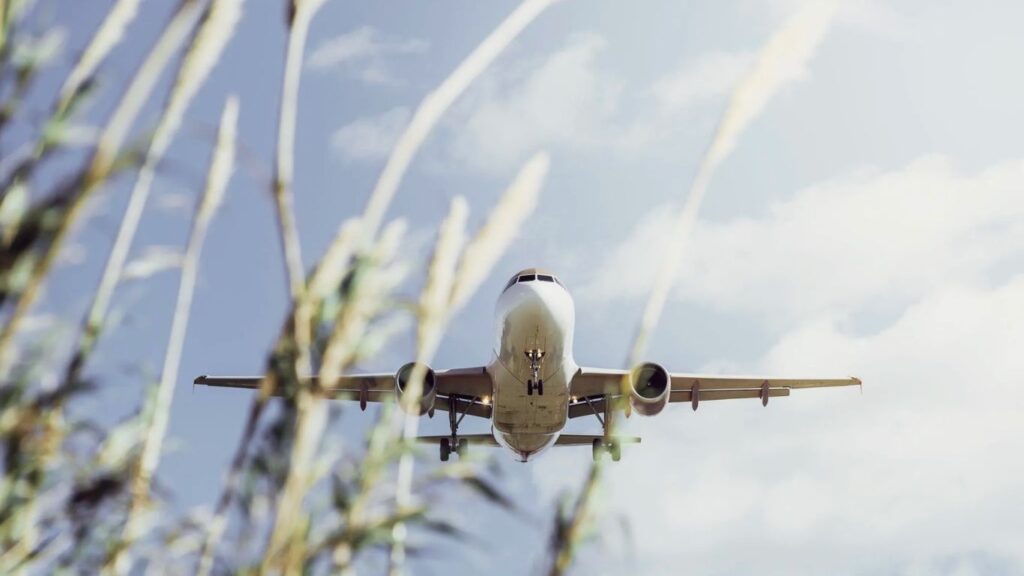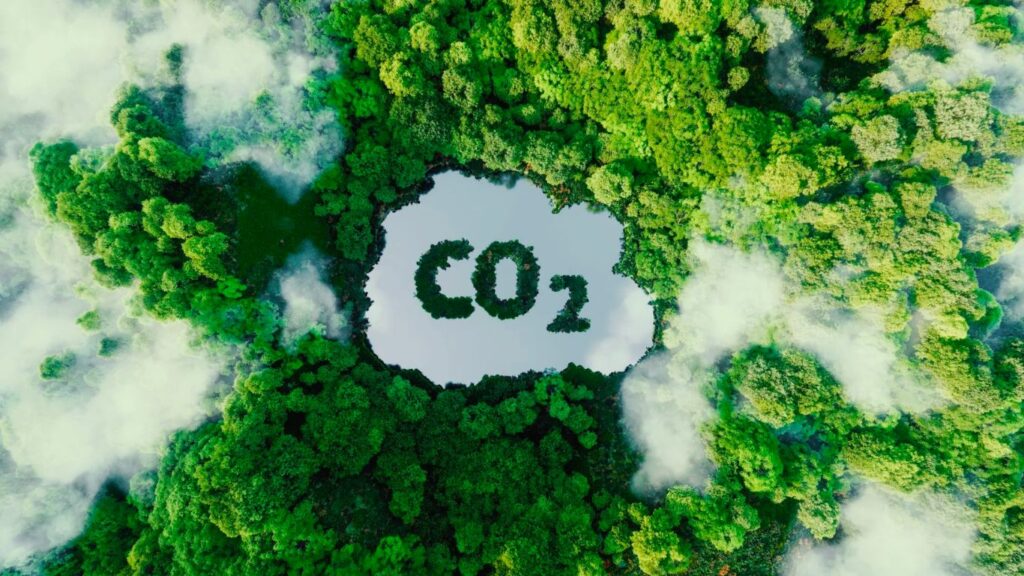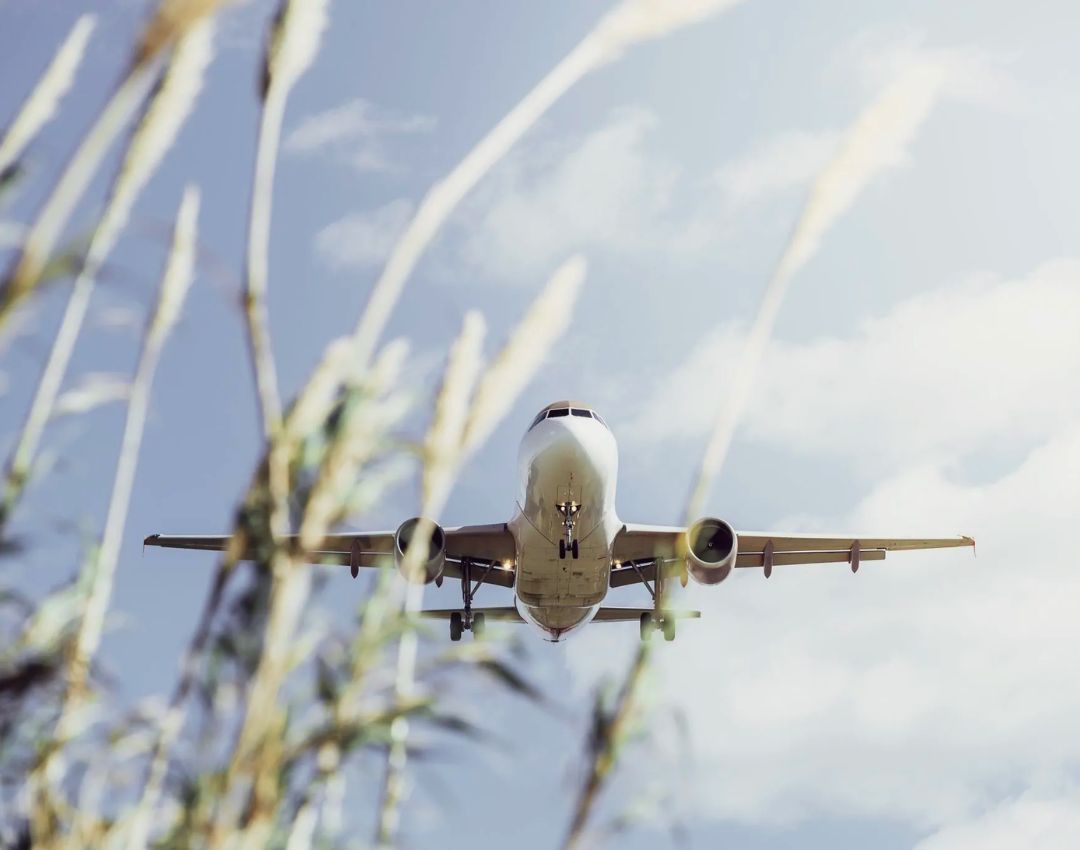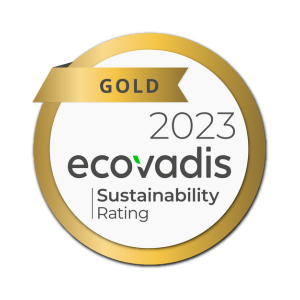When news bulletins reported on the first transatlantic flight using 100% sustainable aviation fuel (SAF) at the end of 2023 – as a Virgin Atlantic flight flew from London Heathrow to New York JFK on 100% SAF – it confirmed the fuel is having a significant role to play in the decarbonisation of long-haul aviation.

It’s particularly timely as the International Air Transport Association committed to Fly Net Zero by 2050, predicting that SAF could contribute around 65% of the reduction in emissions needed by aviation to reach this goal.
Decarbonising aviation is clearly a critical issue. The Global Sustainable Aviation Forum took place at last year’s Cop28, bringing together representatives from airlines, airports, air traffic management and the civil aerospace sector to explore how to meet net-zero carbon targets by 2050.
For many businesses, air travel is a significant, but a hard-to-reduce, portion of their greenhouse gases footprint. SAF can reduce CO2 emissions by up to 80% when compared to fossil jet fuel. Additionally, it functions just like the fuel it replaces.
IS SAF A KEY PLAYER IN THE DRIVE TO NET ZERO?
SAF isn’t without its challenges. As Virgin Atlantic Chief Executive Officer Shai Weiss points out: “There’s simply not enough SAF and it’s clear that in order to reach production at scale, we need to see significantly more investment. This will only happen when regulatory certainty and price support mechanisms, backed by Government, are in place.”
However, in the last few months alone, we are seeing more steps towards SAF being taken by airlines.
To name a few, Emirates expanded its SAF deal with Neste – the world’s largest producer of SAF – where it has agreed to accept more than three million gallons of SAF. Norwegian has purchased 140 metric tons of SAF as it aims to reduce carbon emissions on its route between Copenhagen and Aalborg.
Air France-KLM has invested in US-based SAF producer DG Fuels, as well as agreeing to buy up to a further 25 million gallons of SAF every year, from 2029. Singapore Airlines has set a goal to use SAF for 5% of its total fuel requirements by 2030.
While scaling-up production is a challenge, current airport infrastructure doesn’t have to change to accommodate it. And the UK government has also agreed to a £53 million funding boost to the UK’s SAF industry, awarding the funding across nine projects.
Reed & Mackay Global Sustainability Director Chris Truss is encouraged by the growing commitment to SAF, as a short- to medium-term solution for the aviation industry to cut carbon emissions, yet also calls for further external investment.
“Regulatory and governmental actions are necessary, as airlines and corporates alone cannot solve this challenge,” Truss says. “The requirement for investment, focus and growth of SAF alone has to be part of a total strategy for the decarbonisation of our economy. This can only be done with a large degree of political will and a coherent strategy to ensure we meet the production needs for the industry.”

SAF’S next steps
Reed & Mackay and its parent company, Navan, have partnered with Neste. This partnership marked the first time a corporate travel and spend management company was giving customers the choice to buy SAF at scale, to help cut back on business travel’s environmental impact.
Truss, having recently attended IATA’s World Sustainability Symposium, explains why he’s optimistic about SAF’s role in the wider strategy to reduce carbon emissions.
“Any commitment or focus from airlines or corporates directly is a positive thing, as it provides the demand signal producers need to commit investment to growing manufacturing capability,” Truss says.
“The SAF space is one in which research and development (R&D) is a huge focus for existing providers in the space and new market entrants. The existing SAF production pathways have understandably limited feedstocks available to them so other feedstocks or production pathways are being investigated.
“Neste is investing 85 million Euros per annum on R&D alone. Plus it’s looking into other SAF feedstocks and pathways such as lignocellulosic, municipal solid waste, algae and others. There are also some fantastic new market entrants bringing ever-evolving technology forwards to build out an increased production pathway from multiple sources.”
Meeting carbon reduced targets
Truss outlines that clients are genuinely concerned with how to cut carbon emissions to meet challenging reduction targets, resulting in a real push, across all stakeholders, to come up with practical solutions.
“At this stage, SAF and other alternatives are part of the conversation, but the real focus is on traveller behaviour, accurate and actionable data, demand suppression, modal shift and education,” Truss adds.
“Businesses that genuinely want to reduce their CO2 footprints must take a multi-faceted approach to the challenge, including a reduction in demand for travel within their business, analysis of where demand could be cut, a switch to less intensive travel choices – such as switching class or mode of travel where feasible – ensuring all travel choices made are taken with visibility of the impact and then looking at SAF to make up for remaining CO2 output.”

ARE YOU A REED & MACKAY CLIENT?
Reed & Mackay clients – whether using our proprietary online or offline booking tools – can compare and select more sustainable choices when booking travel.
Access pre-trip granular CO2 results, which provide insights into the unique CO2 footprint of every travel option, from airlines and trains to cars and hotels. It means you can easily compare data to make the more sustainable choice while not having to compromise on traveller experience.
Mail hello@reedandmackay.com to discuss all of your meetings and events management needs.










